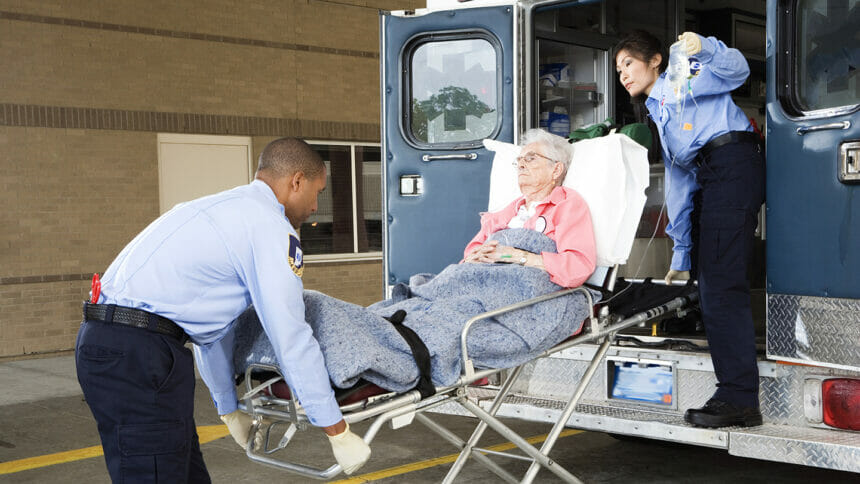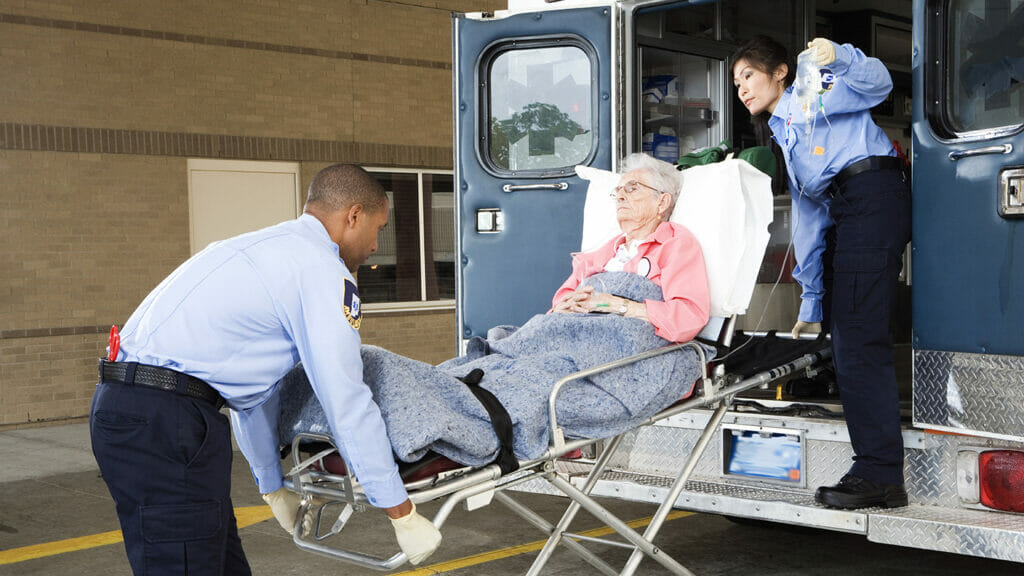

Nursing homes are on the frontier of new care models and technology solutions that have the potential to save billions of dollars in healthcare costs.
That was the consensus from experts who also issued cautions at a conference session hosted recently by AMDA – The Society for Post-Acute and Long-Term Care Medicine.
New care models, technologies and methods of documentation and communication can be especially useful for proactively treating deteriorating residents, they said. But long-term care providers still need strategy and focused “champions” to overcome the barriers to implementing these valuable tools.
Joseph Ouslander, MD, professor of geriatric medicine at Florida Atlantic University, opened the presentation by describing a case study of a nursing home patient who incurred more than $40,000 of additional healthcare costs because of an avoidable pneumonia rehospitalization.
“Imagine how many times this happens across the United States,” he said. “We’re talking about billions of dollars here that are being spent on unnecessary transfers to the hospital.”
Ouslander then outlined several care models being tested to reduce cases like this — pointing specifically to freely available models like the INTERACT program, which successfully reduced hospitalizations by 30% when tested at the University of Missouri.
Such programs prioritize early identification of residents’ symptoms and treatment in place when possible. They also place heavy emphasis on improving communication within and between care facilities, efficient record keeping and integrating with healthcare technology platforms.
Lack of careful assessment and clear communication are leading causes of preventable rehospitalizations, Ouslander explained.
This is one area where using telehealth tools, remote monitoring technology, artificial intelligence and even robots can help, according to speaker Heidi Wold, chief population health officer at Longevity Health Plan.
“One of the areas to me that’s probably the most exciting and promising is what technology purports to do in the future,” she said. “Maybe it is our final frontier in the nursing home to make it what it needs to be.”
Barriers to implementation
New care models and technologies face numerous barriers to adoption, however. Beyond the monetary costs, new technologies often require extensive training, Wold explained, and even once implemented, they can overwhelm workers with “alert fatigue” without adequate quality controls.
The speakers also described the complex challenges facing long-term care providers — such as high leadership turnover, staffing shortages or technological barriers like poor internet access. The competing demands of high-care workloads and time-consuming paperwork can also make workers resistant to learning new and complex processes.
Nursing homes need to deliberately identify top priorities, implement appropriate tools and training, and designate multiple “champions” to oversee the process of integrating new tools, the speakers agreed.
“You have to have champions,” Ouslander explained. “Don’t only have one champion. Champions leave, they get sick. And if it’s dependent on one person, the program is gone.”





